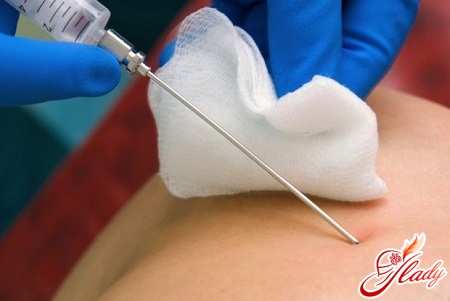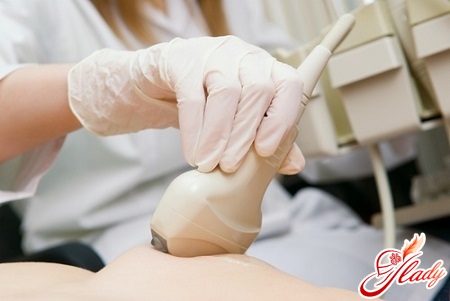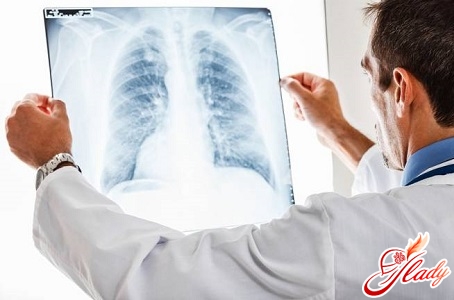
For the first time hypertrophic gastritis was described in1888 French scientist P. Menetries. This particular form of chronic gastritis is characterized by deep hypertrophy of the gastric mucosa, in which a large number of adenomas and cysts are formed. Possible causes that cause this form of gastritis, are still not sufficiently studied. Nevertheless, it is possible to single out one main reason - chronic intoxication (alcohol, lead, mercury), leading to a change in the structure of the gastric mucosa. Secondary possible causes are the causes typical of ordinary gastritis - eating poor-quality foods (smoked, fried, fatty, salted, etc.), lack of vitamins and minerals, smoking, transferred infectious diseases (typhoid fever, viral hepatitis, dysentery ), metabolic disorders. Diet as a modern newfangled hobby can also cause this disease. The age category of patients with this chronic hypertrophic gastritis is 30-50 years. The disease is acute, but it develops gradually.

Symptoms of hypertrophic gastritis
The clinical symptoms of this form of gastritis were studied as early as 1955 by S. Faiber. The most common symptoms are:
- aching pain in the epigastric region, accompanied by a weight in the abdomen;
- vomiting and diarrhea;
- rarely there are gastric bleeding;
- weight loss up to 10-20 kg;
- a decreased appetite, sometimes reaching anorexia;
- peripheral edema associated with a decreased protein content in the blood.
The clinical symptoms detected in the laboratory may be as follows:

Research and treatment
Studies conducted to diagnosehypertrophic gastritis, are of no small importance for the doctor, tk. they allow you to assign the best treatment. As you know, the right treatment is the key to success. Firstly, it is an X-ray study, by which it is possible to detect changes inherent in this form of gastritis. As a rule, with this procedure, the doctor can see thickened and swollen folds of the stomach mucosa. Secondly, this is an endoscopic study. In this procedure, the doctor reveals the presence of small wounds and erosions in addition to thickened folds. Biopsy in this case will not be reliable, because when the material is taken into the analyzed sample, only the surface cells enter, while the affected cells are located deeper. However, the appointment of a biopsy allows to exclude malignant formations. In the event that hypertrophic gastritis has mild symptoms, then it should be treated with conservative therapy. It implies the following:
- a diet with high protein content,
- it is possible to prescribe anticholinergic drugs that reduce this loss of protein,
- the use of enveloping, astringent and substitute drugs.
If the symptoms of the disease are severe, i.е. the disease proceeds in severe form - severe pain, extensive swelling, repeated gastric bleeding, then surgical treatment, the so-called full or partial gastrectomy, is used. In cases where it is impossible to completely exclude the possibility of a tumor-like lesion, only surgical treatment is used. After surgery, the best treatment is a strict diet with the exception of alcohol, fatty, salty, smoked. Patients receiving a conservative treatment with a diagnosis of "hypertrophic gastritis" must necessarily be on dispensary records. Such patients need to undergo at least 2 times a year X-ray and endoscopy to monitor the dynamics of hypertrophic gastritis.









